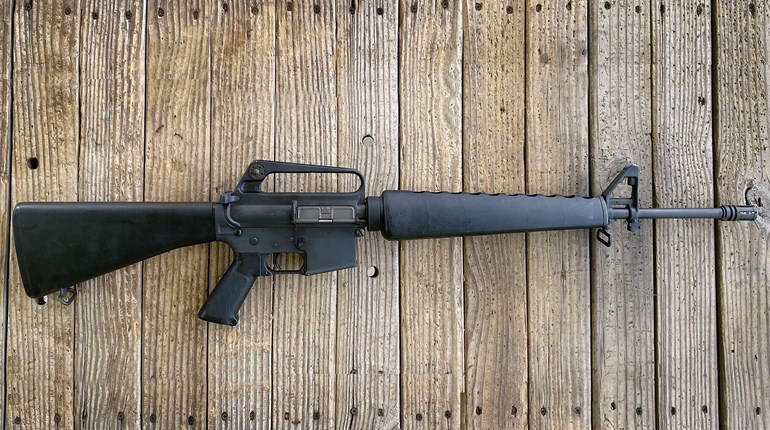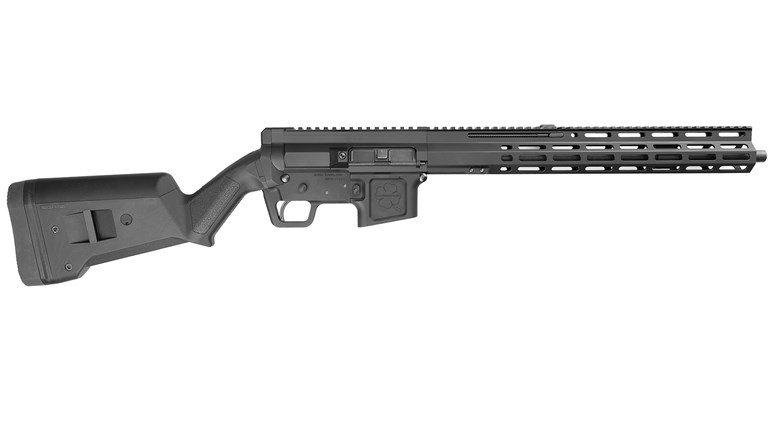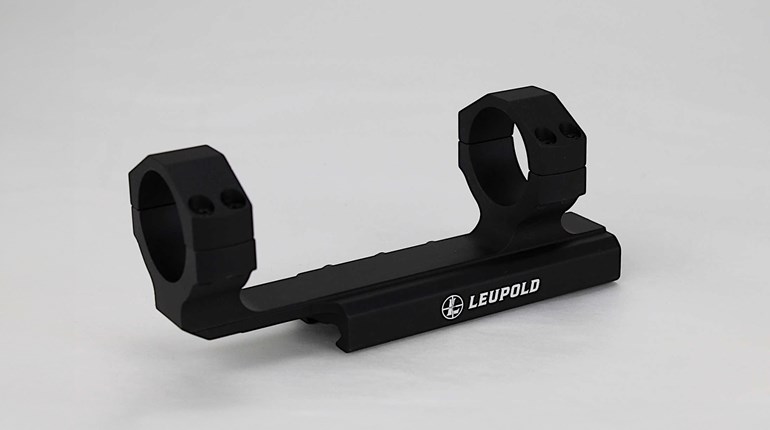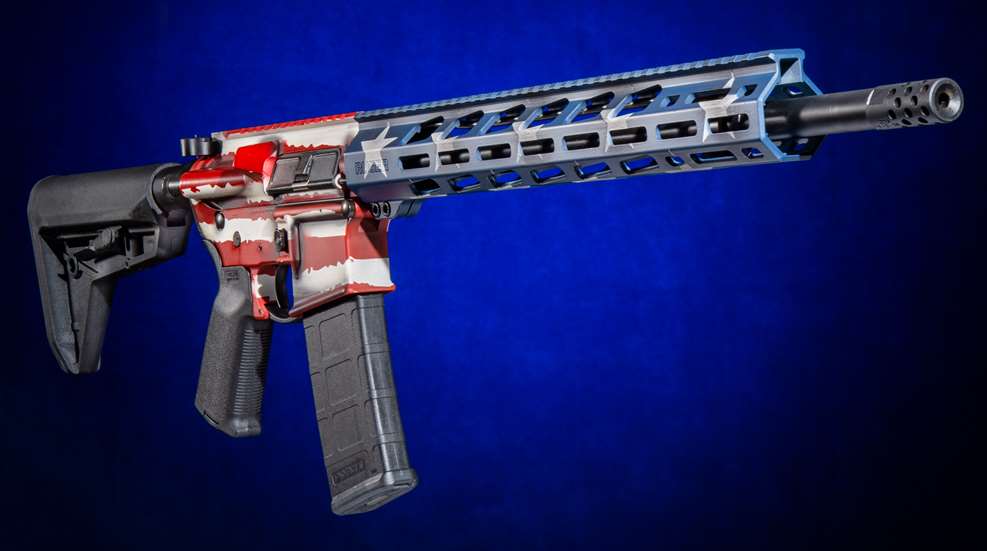
A lifetime of work led me to write the book America’s Rifle: The Case for the AR-15. I began challenging “assault-weapon” bans when California passed the first state ban in American history, the Roberti-Roos law of 1989. At the time, the Ninth Circuit ruled that the right to keep and bear arms didn’t apply in California, a denial that the U.S. Supreme Court overruled when it held the Second Amendment also restricts state and local government, in McDonald v. Chicago (2010)
In District of Columbia v. Heller (2008), the U.S. Supreme Court ruled that the Second Amendment protects the individual right to possess firearms, including handguns, that are in common use by law-abiding persons for lawful purposes. It should have been a no-brainer when we challenged D.C.’s semi-automatic rifle ban in Heller II, but the D.C. Circuit held that, while rifles like the AR-15 are in common use, the ban was valid under a then-novel “two-part test,” which allowed courts to balance away rights at the second step. In a dissent, then-Judge Brett Kavanaugh argued that the ban violated the Second Amendment.
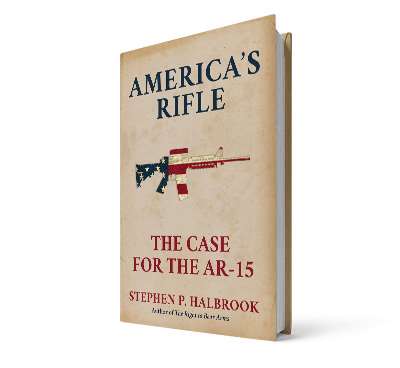
And now we have New York State Rifle & Pistol Association v. Bruen (2022), in which the Court relied on text and history, and found the “two-part test” to be “one step too many.” No more judicial balancing away of rights. Further, the Second Amendment protects “all instruments that constitute bearable arms, even those that were not in existence at the time of the founding,” and “arms” by definition “covers modern instruments that facilitate armed self-defense ... .” Sure sounds like the AR-15.
Having overturned New York’s handgun-carry ban, while saying that the same logic applies to the five other “usual suspect” states with similar laws, Bruen vacated rulings by one court that upheld an “assaultweapon” ban and two other courts upholding magazine bans, telling them to reconsider their decisions in light of Bruen. That’s a polite judicial way of saying you got it wrong, now get it right. Of course, don’t hold your breath that they will.
The Second Amendment’s text is so clear that lower-court justices who wanted to disagree had to make up silly stuff, like that “the people” really means the “National Guard” and the like.
Next, there’s history, but like Bruen said, “Not all history is created equal.” Like, let’s not pretend that Edward III’s Statute of Northampton of 1328, which restricted “going armed” in certain contexts, overrides the Second Amendment right to bear arms. (Yes, that argument was actually used by New York in Bruen.)
For Bruen, the most-relevant history is the period closest to 1791, when the Second Amendment was adopted. To understand the broader context, America’s Rifle traces history much further backward and forward. It begins with Edward III’s law that is more relevant here requiring that “every man in the same country, if he be able-bodied, shall, upon holidays, make use, in his games, of bows and arrows ... and so learn and practise archery.” The English longbow was deadly and several arrows could be shot per minute.
This duty to have and bear arms caused English subjects to believe that this was their right. Among the “true, ancient and indubitable rights,” declared the English Declaration of Rights of 1689, was “That the Subjects which are Protestants, may have Arms for their Defence ... .” And “arms” included muskets with bayonets.
America’s Founders crossed out “Protestants” and inserted “the people.” From the beginning, the colonists had the right to be armed with arms for defense against foreign invaders, hostile natives and dangerous criminals. Repeating firearms, while initially rare, appeared on the scene, like the eleven-shot repeater John Prim of Boston demonstrated in 1722, the eight-shot musket that John Belton exhibited for the Continental Congress in 1777 and the 22-round air rifle taken on the Lewis and Clark expedition in 1804.
The American Revolution solidified the concept that the American people have the right to efficient arms to protect liberty from tyranny. And when the U.S. Constitution was proposed in 1787, Federalists like Noah Webster argued, “The supreme power in America cannot enforce unjust laws by the sword; because the whole body of the people are armed, and constitute a force superior to any band of regular troops that can be, on any pretence, raised in the United States.”
James Madison contrasted “the advantage of being armed, which the Americans possess over the people of almost every other nation,” with the European kingdoms, where “the governments are afraid to trust the people with arms.” The Antifederalists wanted it in writing, and the result was the ratification of the Second Amendment in 1791.
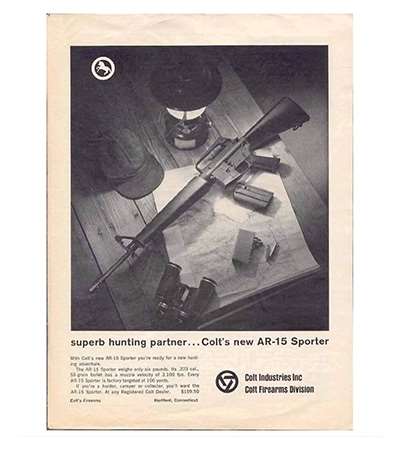
As the Republic grew, most of the new states adopted bills of rights declaring the right to bear arms. Thomas Jefferson wrote in 1824: “The constitutions of most of our States assert, that all power is inherent in the people ... that it is their right and duty to be at all times armed ... .” Firearm technology grew apace, from innovations in handguns, like Colt’s revolver and lever-action magazine rifles, such as the Henry and the Winchester.
No bans on types of firearms existed in the antebellum period. A Tennessee court held in 1840 that a purpose of the right to bear arms is “to protect the public liberty, to keep in awe those who are in power,” and thus “the arms the right to keep which is secured are such as are usually employed in civilized warfare, and that constitute the ordinary military equipment.” (The U.S. Supreme Court’s 1939 Miller decision would reaffirm this precedent.)
The Southern states restricted the carrying of concealed handguns and prohibited slaves from possession of firearms. A number of states prohibited the carrying of arms in a manner that terrorized others, but peaceably carrying arms was lawful. No type of firearm was banned.
With the abolition of slavery in 1865, the Southern black codes sought to disarm the freedmen. Members of Congress complained that authorities were seizing muskets from African Americans that they had carried during the war. Union soldiers had been allowed to purchase muskets and carbines, such as the Spencer carbine with a seven-shot magazine. When the Freedmen’s Bureau Act of 1866 declared that the rights to “personal liberty [and] personal security” included “the constitutional right to bear arms,” it was referring, in part, to military arms.
By the turn of the century, the era of semi-automatic rifles had arrived. As Kavanaugh wrote in his Heller II dissent, “as early as 1907, Winchester was offering the general public ten-shot magazines for use with its .351 caliber semi-automatic rifles ... . Many of the early semi-automatic rifles were available with pistol grips ... .” These were not “military-style rifles,” as the armed forces would not adopt semi-automatic rifles for another three decades.
Prohibition created organized crime, and gangster use of Tommy Guns prompted enactment of the National Firearms Act (NFA) in 1934. Attorney General Homer Cummings admitted that the Second Amendment prohibited Congress from banning guns outright, and so a $200 tax was imposed on machineguns. At the time, NRA President Karl Frederick guided the House committee in drafting the definition of “machine gun” to exclude semi-automatics, and warned that including pistols and revolvers in the bill would create a new Prohibition. (They were deleted.)
The NFA originally restricted rifles with barrels under 18 inches. That was reduced to 16 inches in a 1960 law, in recognition that some M-1 carbines had barrels under the legal limit.
From the beginning, the AR-15 has been a civilian rifle. In 1963, the last year Leave It to Beaver was on television, the predecessor agency of the Bureau of Alcohol, Tobacco, Firearms and Explosives (ATF) examined Colt’s “AR-15 Sports Version Rifle” and found it to be a semi-automatic and not in the machine gun category. It was then introduced to the public as the AR-15 Sporter in 1964, the same year the first M16s were delivered to the Air Force.
The Gun Control Act of 1968 (GCA) heralded an avalanche of dealer-licensing requirements and interstate restrictions, such as had never existed before. That said, the worst proposals—licensing and registration requirements for owners of handguns or even all firearms—were soundly defeated. And banning any specific type of firearm was not even proposed. America’s rifle traces this legislative history.
While the Militia Act of 1792 required able-bodied males to arm themselves, it was repealed in the early 20th century. In 1904, President Theodore Roosevelt, a strong proponent of rifle shooting among the population, issued an executive order creating the National Board for the Promotion of Rifle Practice, which delegated implementation of its shooting programs and competitions to the National Rifle Association. The eventual result was the Civilian Marksmanship Program, which continues today to promote shooting with rifles from the M-1 Garand to the AR-15.
A U.S. Department of Justice study found that the 1994 Assault Weapons Ban had no effect on crime.
For most of the 20th century, the gun-control movement focused on restricting and banning handguns. That changed in 1989, when a criminal drug abuser murdered five children at a schoolyard in California. Gun-control lobbyists saw an opportunity to create confusion between fully automatic and semi-automatic firearms, invented the propaganda term “assault weapon” and the drive to ban rifles was on. California enacted a ban on a long list of rifles, and the ban has since been expanded.
Among other absurdities, California bans a semi-automatic rifle with a “pistol grip that protrudes conspicuously beneath the action,” which it defines as “a grip that allows for a pistol style grasp in which the web of the trigger hand (between the thumb and index finger) can be placed beneath or below the top of the exposed portion of the trigger while firing.” Rifles with a flat fin behind the grip that forces the thumb in an upward position comply under that definition. It seems incredible that a rifle would lose Second Amendment protection because the web of the trigger hand may be placed “beneath or below” a certain position but not if placed above that position.
Litigants challenging the bans have demonstrated that the features that are prohibited enhance safety and accuracy. In a case called Rupp v. Becerra, a federal judge in California commented “that the rifles are more accurate and easier to control is precisely why California has chosen to ban them.” (That case is under reconsideration in light of Bruen.) Under that logic, presumably, the state could ban sights and scopes to make rifles less accurate.
At the federal level, 1989 saw George H. W. Bush’s administration deciding to ban imported rifles that the ATF previously classified as sporting and thus importable under the GCA. Overnight, high-quality rifles were now “assault weapons.” Statistically, these were almost never used in crimes. Before long, the ATF began to conduct dealer inspections and to “trace” the designated rifles to prop up the numbers on how many times they have been “traced.” It was all a ruse—none of them were crime guns.
Then came the 1994 Clinton gun ban. Supporters argued that the Second Amendment only protects the National Guard and that the true “people” have no “right to keep and bear arms.” It banned rifles like the Colt AR-15 and “copies and duplicates,” whatever that was supposed to mean. And it banned rifles with two or more listed features, like the horrifyingly conspicuous pistol grip and alarming bayonet lug. No data was invented to prove that murderers used or preferred guns with pistol grips and bayonets. A U.S. Department of Justice study found that the ban had no effect on crime—how shocking—so Congress allowed it to expire after 10 years.
My book, America’s Rifle, covers the details of the “assault-weapons” debate in the historical context of how the right to keep and bear arms evolved over time. It also digs deep into the current explosion in numbers of gun owners and the impact the Bruen decision is having and will have. While tyrants will always seek to disarm the people to dictate to them, the pendulum is currently swinging against them, thanks, in no small part, to your support of the NRA.
Attorney Stephen P. Halbrook is a senior fellow with the Independent Institute. His latest books are America’s Rifle: The Case for the AR-15 and The Right to Bear Arms: A Constitutional Right of the People or a Privilege of the Ruling Class?
See stephenhalbrook.com.












